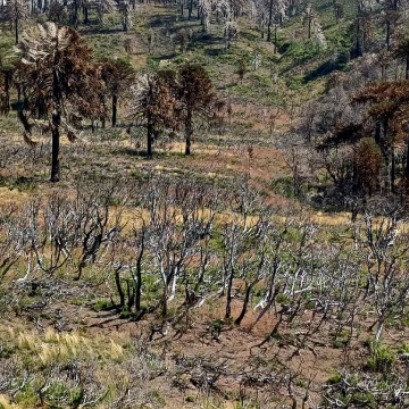
Interest in Argentine furniture grew by 6.3%
Compared to April 2022
The data for May 2022 shows an increase of 6.3% compared to the figure for April 2022. In year-on-year terms, the indicator shows a 15.6% drop in online interest in Argentine furniture compared to May 2021.
The industrial production of furniture and mattresses surveyed by INDEC for the month of April 2022 marked a year-on-year level 3% lower than April 2021, and a fall of 2% compared to March 2022. The IIMAO of May 2022 anticipates a stagnation in the coming months of furniture production in Argentina.
In this month, all the IIMAO components (except buffer) show an increase compared to April 2022.
At the provincial level, a similar behavior is observed between provinces that grew in interest in furniture and others that decreased their level.
The index called IIMAO "Interest Index of Argentine Furniture Online" is made up of the words Furniture (weighted at 80%), Armchair (10%), Desk (5%) and Mattress (5%).
This report is monthly and is presented within the framework of the Statistical Observatory of FAIMA coordinated by Mg. Fernando Couto. It seeks to provide information for early decision making for the wood and furniture sector.

IT MAY INTEREST YOU
 Specialists from 10 provinces develop forest landscape restoration strategies throughout the country
Specialists from 10 provinces develop forest landscape restoration strategies throughout the country
The program is developed by researchers from INTA, Conicet and the Argentine Wildlife Foundation.
 Botanists discover giant trees up to 3,��� years old in Tanzania, unknown until now by science
Botanists discover giant trees up to 3,��� years old in Tanzania, unknown until now by science
Scientists have identified a new species of giant tree, Tessmannia princeps, in the Udzungwa Mountains. This species had never before been recorded by science.
 Missions | New illegal felling in the Piñalito Provincial Park in San Pedro reveals the silent expansion of deforestation in protected areas
Missions | New illegal felling in the Piñalito Provincial Park in San Pedro reveals the silent expansion of deforestation in protected areas
The advance of deforestation on protected areas was once again evident this week in the Piñalito Sur Provincial Park, in San Pedro, where the Ministry of Ecology and Renewable Natural Resources confirmed a new case of selective illegal logging. The event occurs in a context of growing concern about the fragility of the environmental control system in rural and border areas, where the scarcity of resources, personnel and logistics limits the capacity of surveillance against criminal organizations organized to steal native woods and market them on the black market in connivance with sawmill owners.





















